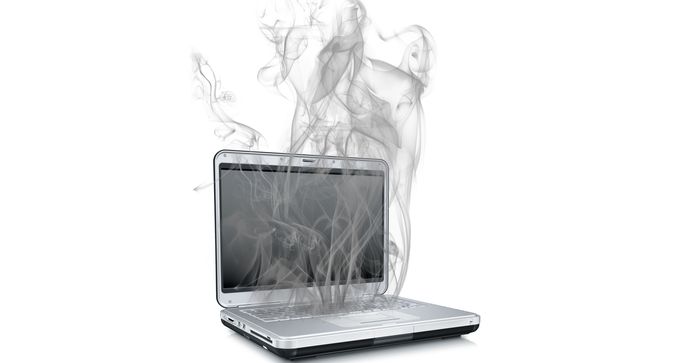- QATestLab Blog >
- QA Basics >
- Types of Software Testing >
- Smoke Testing vs Sanity Testing
Sanity testing is conducted after a build with fixed bugs and modified code is received. Its aim is to make sure that the functionality operates properly. This software testing type does not provide a thorough and detailed checking. It just verifies the work of new features or the removal of detected bugs.
In its turn, smoke testing ensures that the critical functionality operates correctly. It is conducted before regression testing and detailed functional testing. For example, a new application is designed and before proceeding to its thorough testing procedure, the specialists check whether the launching process is successful, its GUI is responsive, etc.
What is the difference between smoke and sanity testing?
- Smoke testing is a kind of regression testing, while sanity checking – a kind of acceptance testing.
- During smoke check, the whole system is tested from end to end. Sanity testing deals with a specified component of the system.
- In most cases, the procedure of sanity testing is not scripted and documented in comparison with smoke one.
- Usually, only testers are engaged in sanity testing. Smoke checking can be conducted by both developers and testers.
- Smoke testing is focused on the system stability, while sanity checking – on system rationality.
In other words, smoke testing is a general health examination and sanity testing – specialized health examination. They both can be performed manually and with the help of automated test scripts. Smoke testing is sometimes called build verification checking.
Learn more from QATestLab
Related Posts:
- Smoke Testing: What, Why & When
- Testing at a Complex Project: QATestLab Real Case
- Sanity Testing vs Regression Testing







No Comments Yet!
You can be the one to start a conversation.